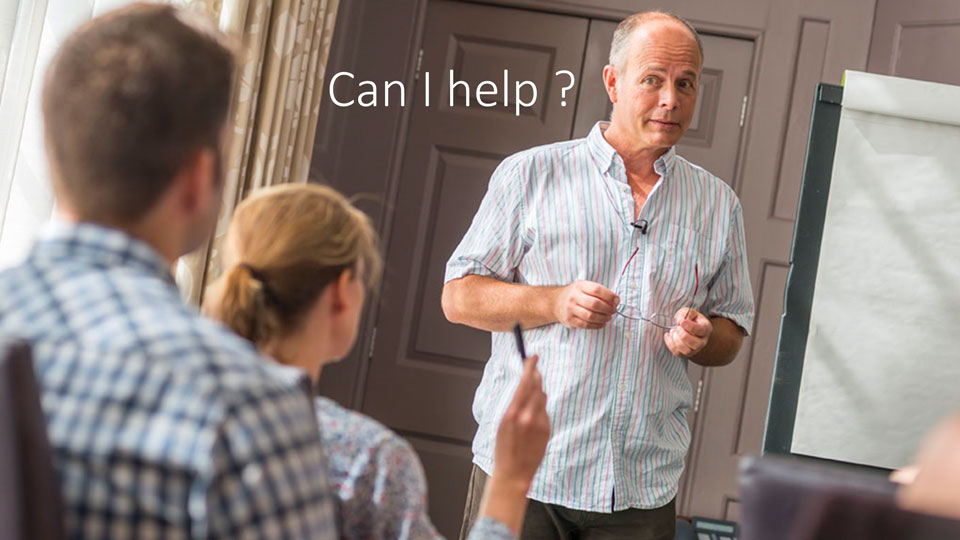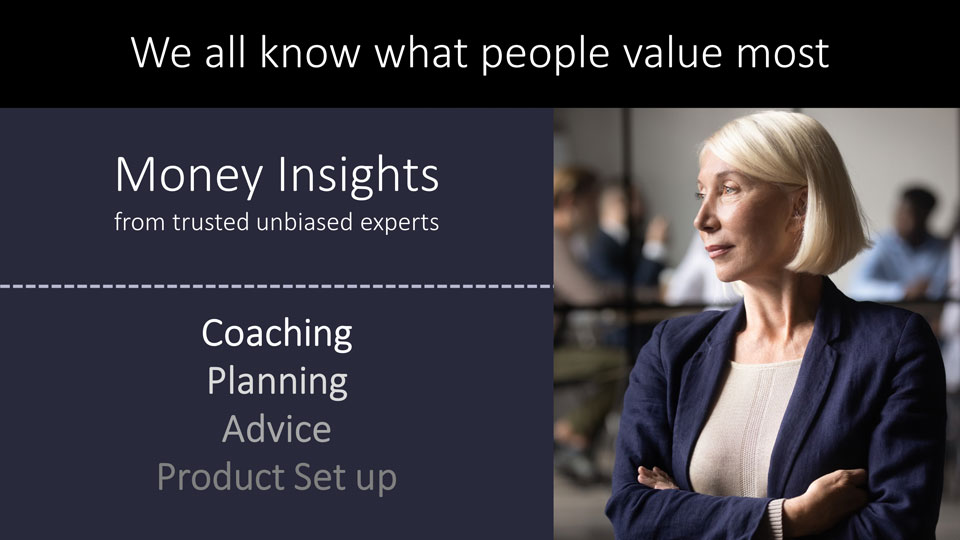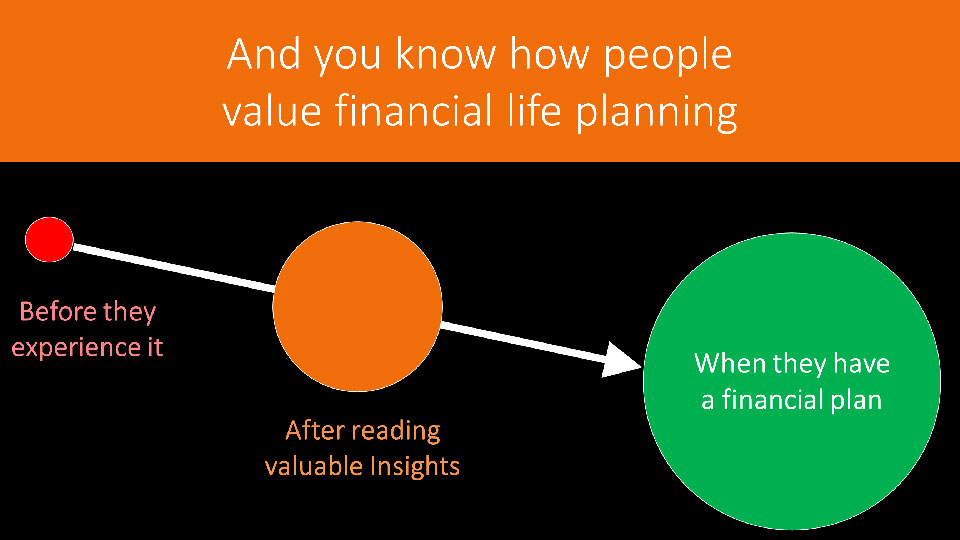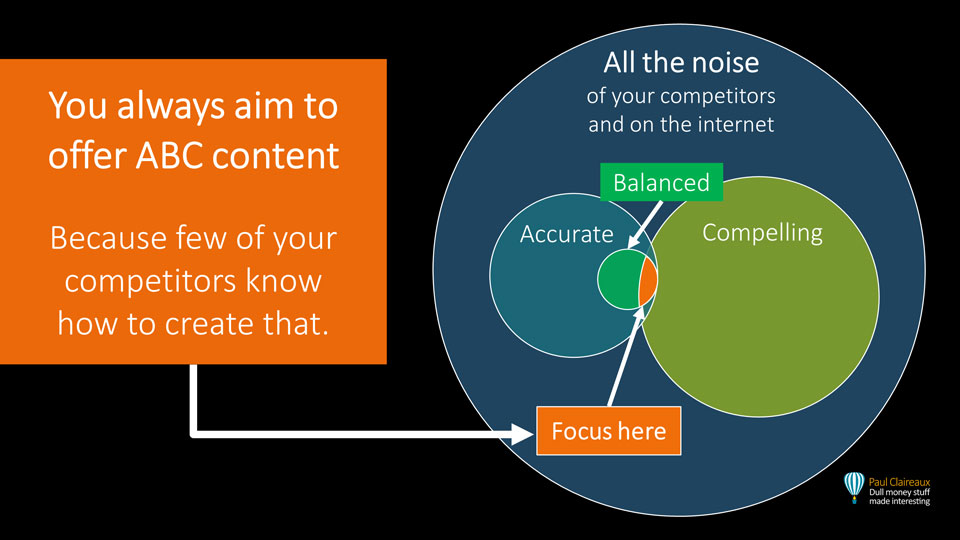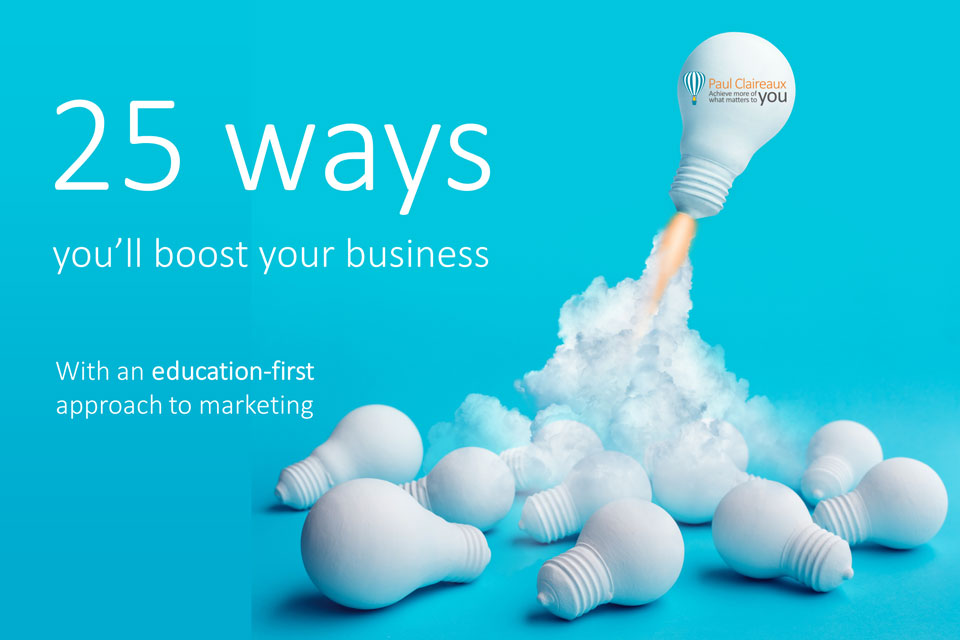 Five points might interest you here.
Five points might interest you here.
You may not need any writing help!
If you enjoy writing, have a lot of spare time to create your own content (it takes a ton of time), and can produce accurate and engaging works for less, at your usual charge-out rates, than you’d pay me, then you do not need my (Insight writing) help.
You may need content consultancy help.
You may find it useful to have some content consultancy support on any of the other 14 tasks listed in the previous tab.
For example, do you need help to develop and record your content ideas, with synopses and links to source materials, so you (or another writer) can develop the ideas into full posts or guides – when you have time?
Or would you find it useful to have a second (external) opinion on your current or planned works?
As you may be aware, if you’re a manager in your business, those who report to you might not feel comfortable (or capable) of giving you the feedback you need on your draft content.
On the other hand, an experienced content creator will give you constructive improvement ideas.
There’s no point asking for feedback if none comes back!
Pay for less content, not more.
Whoever you use for help with the writing, be sure to pay for less content, not more!
You need ideas distilled, not pages filled.
If your writing is not compelling and concise, a good writer could help. So, pay them to reduce the word count, not add to it!
Pay for time – not padding.
Building on the previous point, here’s how I charge for my time.
Valuable writing takes a ‘less is more’ approach.
So, I aim to cut out the words that confuse your messages.
At times, you’ll want your insights to:
- Fascinate
- Move
- Excite
- Reassure
- Inspire
- Amuse
- Challenge
- Inform
- and Surprise your audiences.
Creating content to achieve those things takes time.
So, I charge for the time spent, not the word count, and this approach is common to all good writers.
We don’t charge by the word because that encourages content padding, and that’s not what you want.
My approach to fees gives you a lot of my time for FREE!
I charge by the minute, not by the day. So, I stop the clock when I stop doing intense desk-based work.
I also include detailed timesheets of the tasks I work on – showing the time spent on each task (to the minute) with each monthly invoice.
And my clients love this – because they can see exactly what’s been done for the fees they’ve paid.
How many professional services are this transparent?
This also means you’re not charged for the (c.25%) additional time I spend developing ideas during breaks – to get a coffee, go to the ‘rest room’ (as they say in the US!) or on other breaks, like my daily walk.
Nor do you get charged when I wake up with my mind whirring with answers to your content or marketing challenges.
Seriously?
Yes, it’s now well known that a lot of our creative thinking occurs while our brains are apparently resting.
And it’s during these non-chargeable hours that I often get my best ideas. So, that’s great value for you.
My hourly charge depends on the scale of the contract and the number of hours (of paid work!) we anticipate per month.
We can discuss and agree on terms based on the help you need.
One thing is for sure: according to VouchedFor data, my typical current hourly fees are less than those charged by an ‘average’ IFA.
And I’ve yet to meet an average IFA who can create consumer facing content to my ABC standards.
That said, if you are (or you have access to) a financial planner who can create content of similar quality to mine at a similar pace, then you really don’t need my help!
